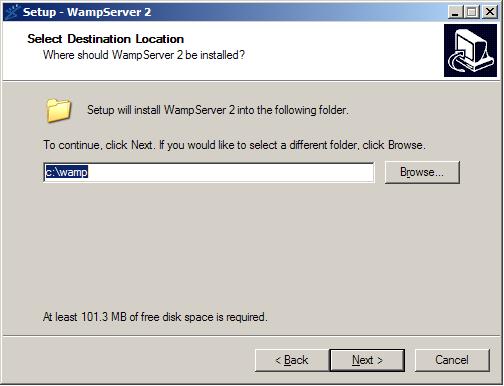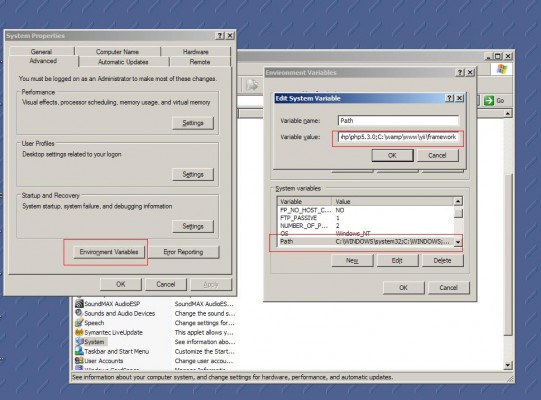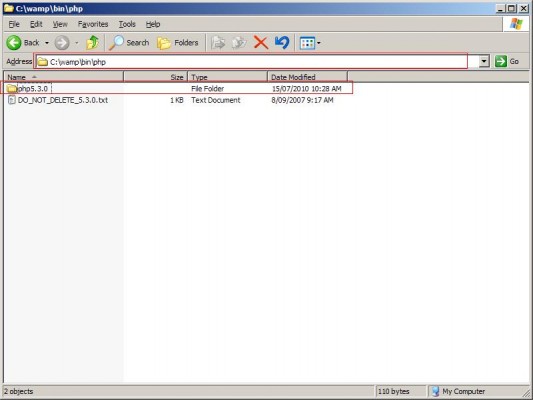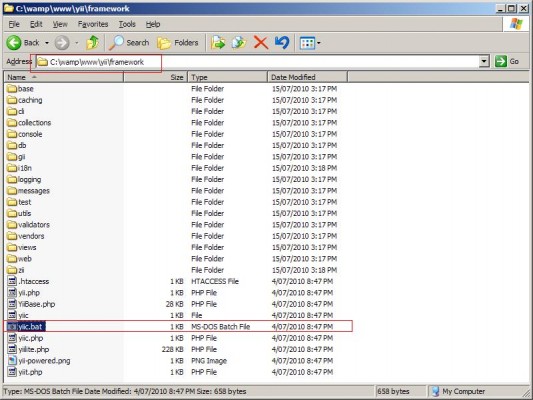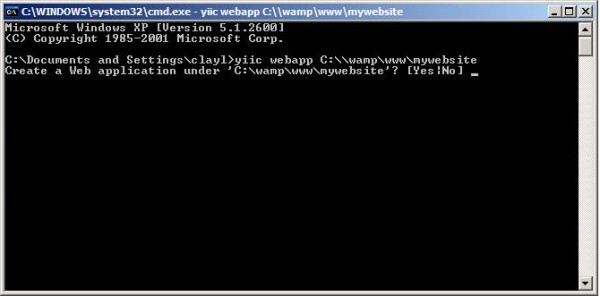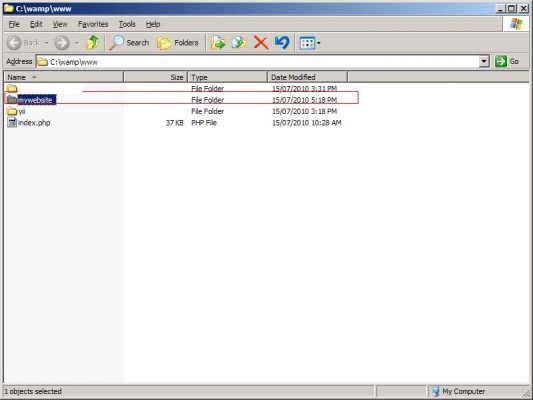Here's another tutorial on Yii framework that i find it useful to write it down. I was using Yii framework on a project currently and wanted to reuse Yii built-in contact from into another view. Reusing Yii framework contact form is pretty straight forward until i find my captcha not showing out for some reason. Lucky, i manage to get it work with a little debugging and decides to write it down just in case someone gets stuck as well.
Contact Form Model
In order to reuse Yii contact form, we do not need to rebuild another new model for our contact form. Unless you want to do something extra that will affect your existing contact form model, you can actually reuse the model without creating a new one. In short, we can skip the model 😀
Contact Form View
Next, the model part will also be pretty straight forward. Since we are using the same model, all you have to do is to copy the content on the contact form view into your own view file. In this case, it will be these:
<?php $form=$this->beginWidget('CActiveForm'); ?>
<p class="note">Fields with <span class="required">*</span> are required.</p>
<?php echo $form->errorSummary($model); ?>
<div class="row">
<?php echo $form->labelEx($model,'name'); ?>
<?php echo $form->textField($model,'name'); ?>
</div>
<div class="row">
<?php echo $form->labelEx($model,'email'); ?>
<?php echo $form->textField($model,'email'); ?>
</div>
<div class="row">
<?php echo $form->labelEx($model,'subject'); ?>
<?php echo $form->textField($model,'subject',array('size'=>60,'maxlength'=>128)); ?>
</div>
<div class="row">
<?php echo $form->labelEx($model,'body'); ?>
<?php echo $form->textArea($model,'body',array('rows'=>6, 'cols'=>50)); ?>
</div>
<?php if(extension_loaded('gd')): ?>
<div class="row">
<?php echo $form->labelEx($model,'verifyCode'); ?>
<div>
<?php $this->widget('CCaptcha'); ?>
<?php echo $form->textField($model,'verifyCode'); ?>
</div>
<div class="hint">Please enter the letters as they are shown in the image above.
<br/>Letters are not case-sensitive.</div>
</div>
<?php endif; ?>
<div class="row buttons">
<?php echo CHtml::submitButton('Submit'); ?>
</div>
<?php $this->endWidget(); ?>
That's it.
Contact Form Controller
The trick to reuse Yii contact form lies on the controller. The main code without saying would be the following one.
$model=new ContactForm;
if(isset($_POST['ContactForm']))
{
$model->attributes=$_POST['ContactForm'];
if($model->validate())
{
$headers="From: {$model->email}\r\nReply-To: {$model->email}";
mail(Yii::app()->params['adminEmail'],$model->subject,$model->body,$headers);
Yii::app()->user->setFlash('contact','Thank you for contacting us. We will respond to you as soon as possible.');
$this->refresh();
}
}
$this->render('contact',array('model'=>$model));
The render part you would need to change that because it will most likely be your view file instead. Next important things to take note of would be the captcha part.
You would need to add another method called 'action' which will define a need method for your captcha image to be created as shown below,
/**
* Declares class-based actions.
*/
public function actions()
{
return array(
// captcha action renders the CAPTCHA image displayed on the contact page
'captcha'=>array(
'class'=>'CCaptchaAction',
'backColor'=>0xFFFFFF,
),
);
}
Next, you will need to add captcha action into your permission list in order for it to display out else you would find that your image will always be empty although you did everything correctly. (no permission. Hence, permission denial)
/**
* Specifies the access control rules.
* This method is used by the 'accessControl' filter.
* @return array access control rules
*/
public function accessRules()
{
return array(
array('allow', // allow all users to perform 'index' and 'view' actions
'actions'=>array('index','view', 'captcha'),
'users'=>array('*'),
),
array('allow', // allow authenticated user to perform 'create' and 'update' actions
'actions'=>array('create','update'),
'users'=>array('@'),
),
array('allow', // allow admin user to perform 'admin' and 'delete' actions
'actions'=>array('admin','delete'),
'users'=>array('admin'),
),
array('deny', // deny all users
'users'=>array('*'),
),
);
}
Once this is done, you should get your reused Yii contact form working on your new view file!
Summary
In case you are not interested in all of the tutorial, Here are the summary that you should take note of:
- Contact Form is also build in MVC
- You do not need to rebuild the model class unless you wanted something different
- You will need to placed the code on the contact form controller into your own controller file
- You will need to copy and paste the contact form view file into your own view file
- Remmeber to add the action sections in order to use 'captcha' on your contact form.
- Remember to allow 'captcha' action by users or else the image will never display



